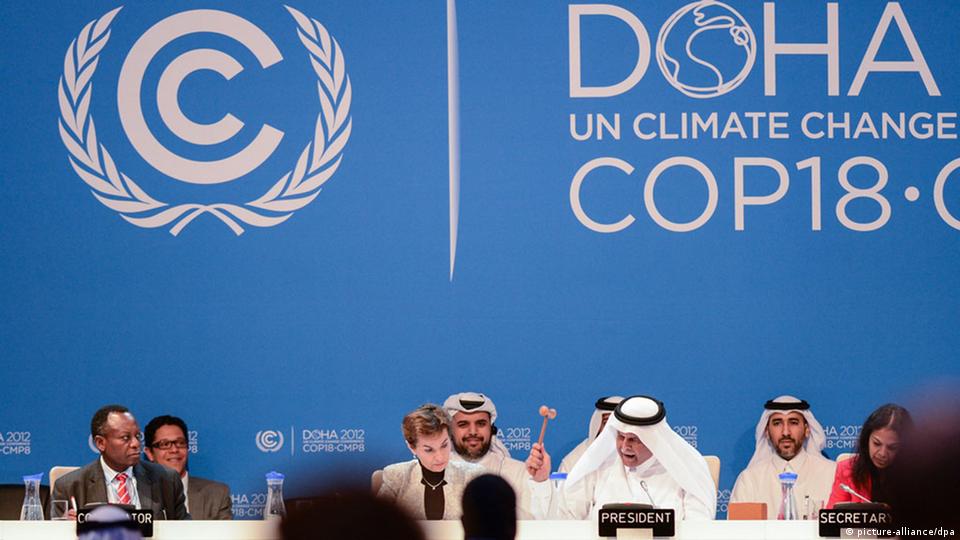What is the Kyoto Protocol?
A Global Commitment to Climate Action
The Kyoto Protocol is an international treaty adopted on December 11, 1997, and in force since February 16, 2005. The Kyoto Protocol now has 192 Parties. It operationalises the United Nations Framework Convention on Climate Change by setting binding rules for industrialised nations and transitioning economies to limit and reduce their greenhouse gas(GHG) emissions according to agreed-upon targets. The Convention obliges those nations to implement mitigation policies and actions and to submit periodic reports.
The Kyoto Protocol has an Annex-b structure and is based on the convention’s rules and principles. By placing greater weight on industrialised nations only, it binds them to the idea of “common but differentiated responsibility and respective capabilities.” This recognition is based on their previous substantial input to the current high levels of greenhouse gas emissions in the atmosphere.
The treaty includes an annex-based structure specifying emission reduction targets for 37 industrialised countries and economies in transition, along with the European Union. The overarching target is to collectively achieve a 5% average reduction in emissions compared to 1990 levels over the initial commitment period (2008–2012).
Doha Amendment

In Doha, Qatar, on December 8, 2012, the Kyoto Protocol saw the adoption of the Doha Amendment, marking the initiation of a second commitment period from 2013 to 2020.
By October 28, 2020, 147 Parties demonstrated their commitment by depositing instruments of acceptance, surpassing the required threshold of 144 for the Doha Amendment to enter into force. Consequently, the amendment became effective on December 31, 2020.
The key elements of the amendment encompass:
- Fresh Commitments for Annex I Parties: Developed countries, referred to as Annex I Parties, agreed to undertake new commitments during the second commitment period, spanning from January 1, 2013, to December 31, 2020.
- Revised Reporting on GHG: Parties committed to reporting on a revised list of greenhouse gases (GHG) during the second commitment period.
- Protocol Amendments: Several articles of the Kyoto Protocol underwent revisions, explicitly addressing issues from the first commitment period that required updating for the second commitment period.
The United Nations Secretary-General communicated the Kyoto Protocol Amendment to all Parties on December 21, 2012, in the role of Depositary. This action was in accordance with Articles 20 and 21 of the Protocol. During the first commitment period, 37 developed countries, economies in transition, and the European Community made a commitment. They pledged to reduce their greenhouse gas (GHG) emissions to an average of 5% compared to the levels recorded in 1990.
Parties committed to a more substantial reduction in the subsequent commitment period (2013 to 2020), aiming for at least 18% below 1990 levels. It’s worth noting that the composition of Parties in the second commitment period differs from the first.
The Kyoto Mechanisms

The Kyoto Protocol introduced a clever way to tackle greenhouse gas emissions using flexible market mechanisms. The Kyoto mechanisms strategically promote GHG abatement in the most cost-effective areas, particularly in the developing world.
The emphasis is on reducing emissions wherever effective, irrespective of location, with the dual benefits of fostering green investments and engaging the private sector.
There are three unique methods adopted:
- International Emissions Trading: Countries can trade permits that allow a certain amount of emissions. This helps countries meet their goals in a flexible way.
- Clean Development Mechanism (CDM): This encourages reducing emissions in the most cost-effective places, especially in developing countries. The idea is to cut emissions wherever it’s effective, regardless of the location, and this also attracts private investment to support green initiatives in these nations.
- Joint Implementation (JI): Similar to CDM, this allows countries to work together to reduce emissions. It promotes cleaner technology and systems, providing long-term benefits.
So, these mechanisms help countries meet their emission targets, promote green investments, and encourage the use of cleaner and newer technologies, especially in developing countries. This collective effort aims to cut and stabilize GHG emissions at safe levels, making them more feasible and ensuring long-term environmental benefits.
Monitoring Emission Targets
The Kyoto Protocol, initiated on December 11, 1997, incorporates a robust system for monitoring and ensuring compliance with emission targets.
This framework includes:
Monitoring, Review, and Verification:
- A rigorous system established to oversee emissions.
- Precise records mandated for trades conducted by countries.
Registry Systems:
- Track and record transactions by Parties under the established mechanisms using the International Transaction Log.
- Maintained by the UN Climate Change Secretariat in Bonn, Germany
- Verifies that transactions adhere to Protocol rules.
Reporting:
- Parties submit annual emission inventories and national reports regularly.
Compliance System:
- Ensures Parties meet their commitments
- Provides assistance if Parties encounter challenges in meeting commitments
The Kyoto Protocol also prioritises adaptation to climate change effects:
Technological Development through Adaptation:
- Facilitates the development and deployment of technologies for increased resilience.
Adaptation Fund:
- Established to finance adaptation projects in developing countries
- Initially funded by a share of proceeds from Clean Development Mechanism (CDM) project activities
- In the second commitment period, international emissions trading and joint implementation contribute a 2% share of proceeds to the Adaptation Fund, as decided in Doha in 2012.


